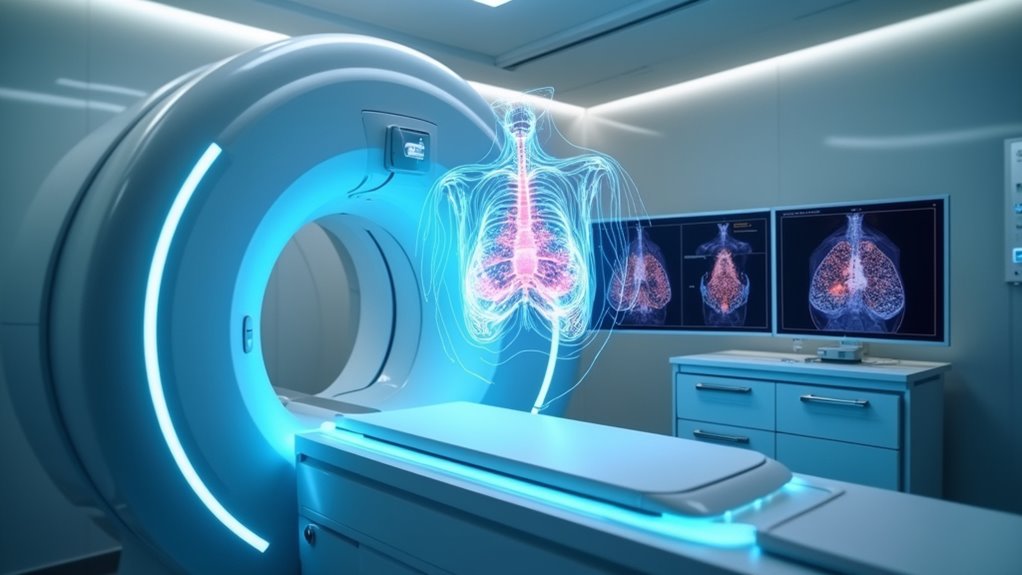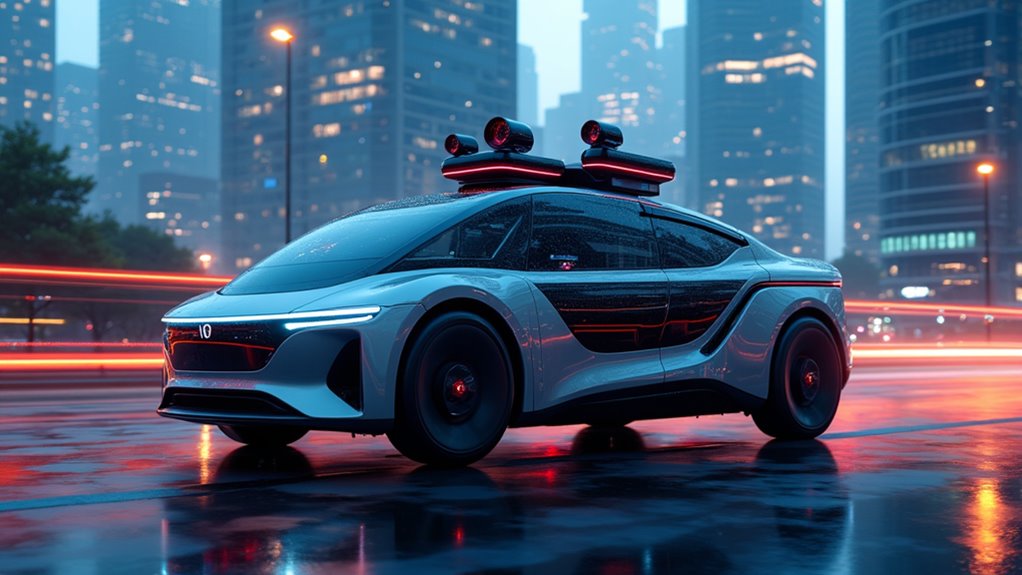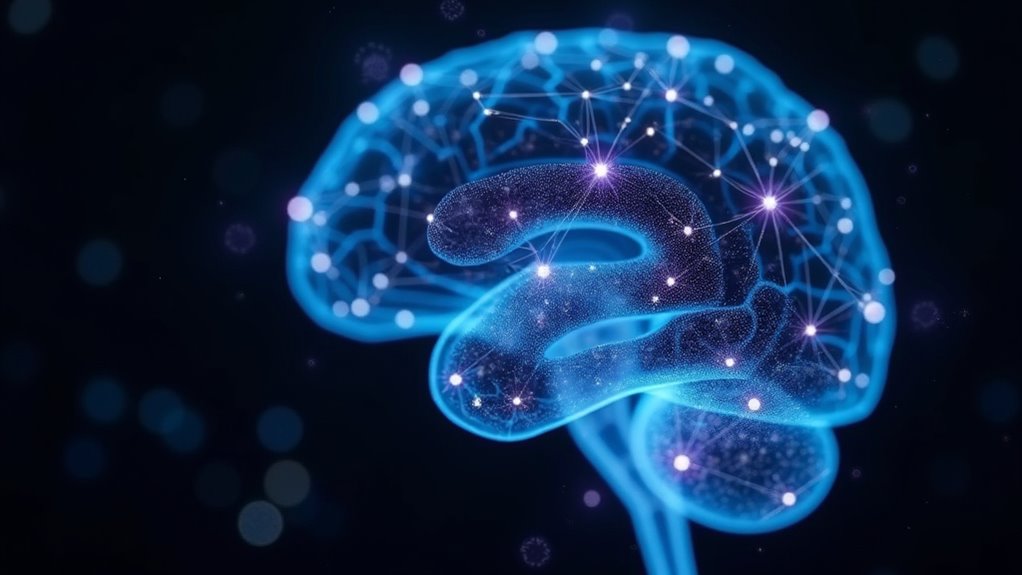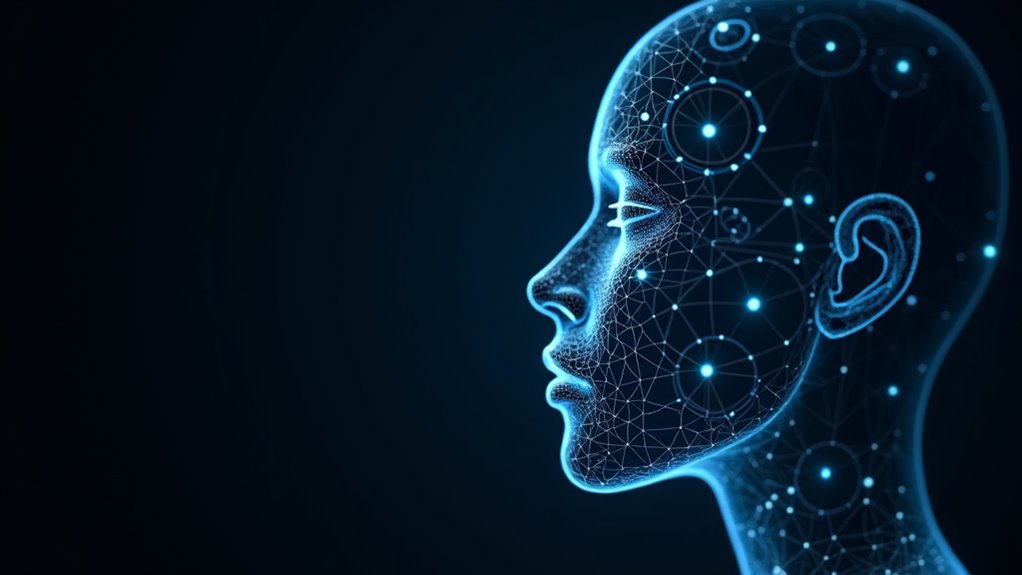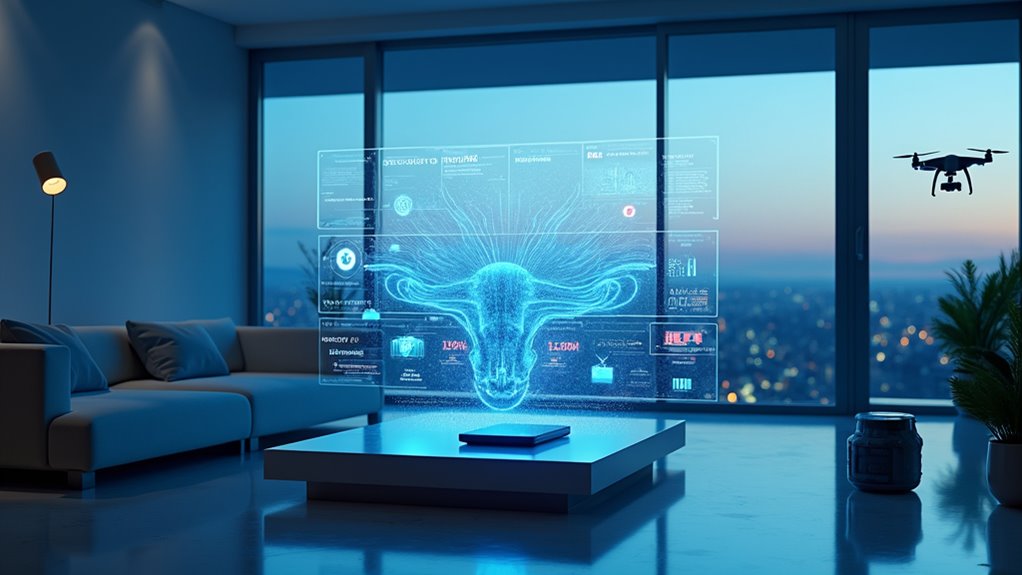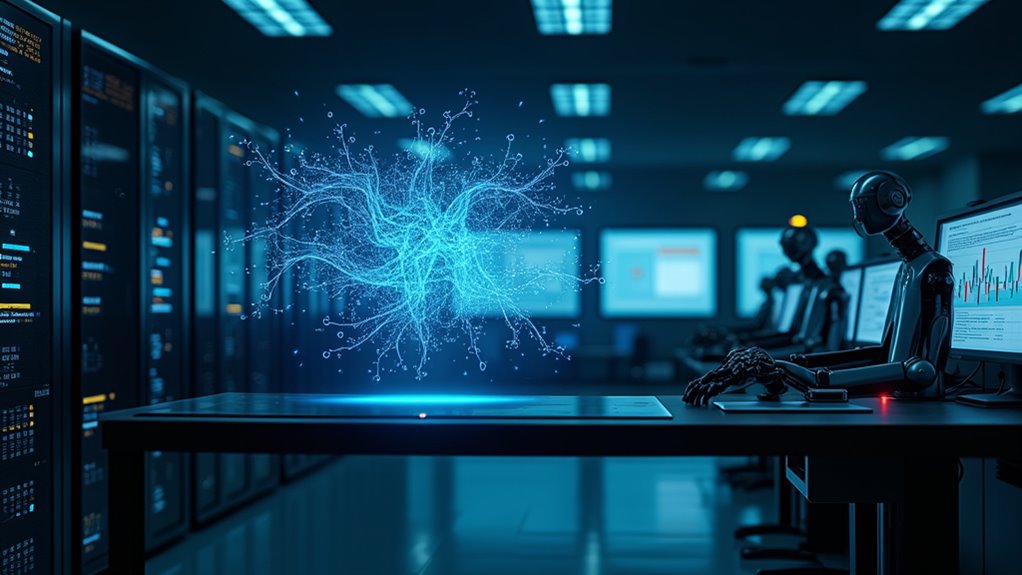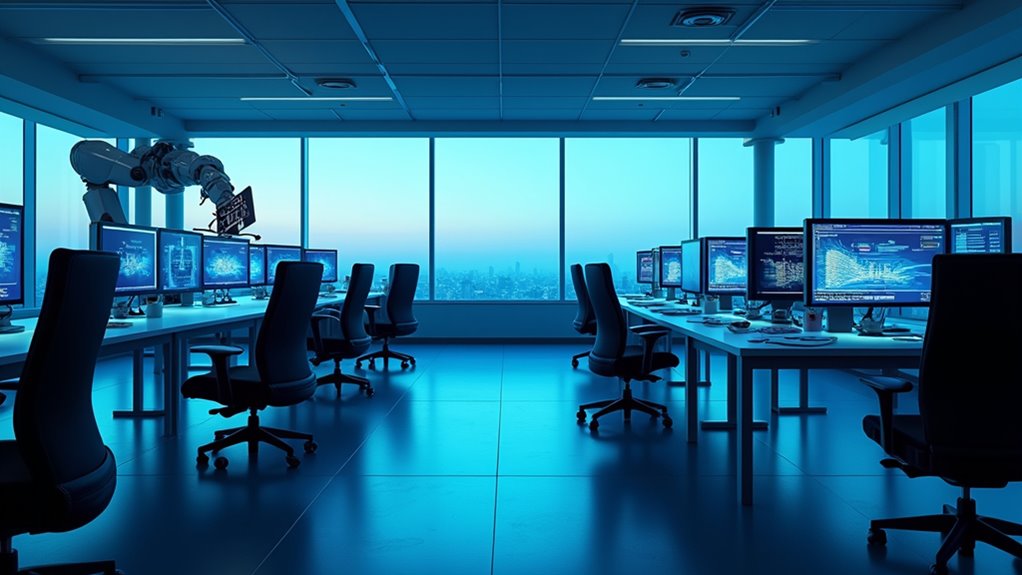How do you compete with a computer that can spot cancer better than most doctors? The short answer: you don’t. The AI revolution in breast cancer screening isn’t just coming – it’s already here, and it’s making human radiologists look like they need glasses.
When AI outperforms doctors at cancer detection, the only sensible response is to embrace the revolution, not resist it.
The numbers tell a story that’s impossible to ignore. AI systems are boosting cancer detection rates from 0.70% to 0.82%, while slashing false positives from 2.39% to 1.63%. That’s not just impressive – it’s game-changing. Population-based mammography screening has proven that it can reduce mortality by 30-40 percent. These machines aren’t just matching human performance; they’re surpassing it with the calm efficiency of a calculator solving math problems. Over the past three decades, breast cancer deaths decreased by 43% thanks to improvements in screening and treatment technology.
But here’s where it gets really interesting: AI isn’t just finding cancer – it’s predicting who might get it years before diagnosis. These algorithms are diving deep into mammogram data, spotting subtle patterns that human eyes might miss, and making predictions that sound like science fiction. Except it’s not fiction. It’s happening in hospitals right now. Advanced 3D mapping technology is revolutionizing how medical images are interpreted and analyzed.
The economic impact? It’s huge. Fewer false positives mean fewer unnecessary procedures, less patient anxiety, and reduced healthcare costs. And let’s talk about those overworked radiologists – AI is cutting their workload by a whopping 33.5%. That’s like having a tireless assistant who never needs coffee breaks or vacation time.
The integration of AI into existing screening programs isn’t all smooth sailing, though. There are challenges, sure. Healthcare systems need to validate these tools, train staff, and figure out how to blend human expertise with artificial intelligence. But the direction is clear: AI is becoming as essential to breast cancer screening as mammogram machines themselves.
Recent large-scale studies are backing this up with hard data. AI-assisted readings are finding smaller cancers earlier, improving positive predictive values from 22.6% to 33.6%, and making the entire screening process more efficient.
The future of breast cancer detection isn’t about humans versus machines – it’s about humans and machines working together. And frankly, that future looks a lot more promising than the past.
